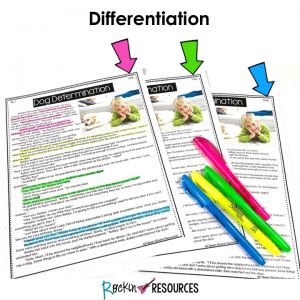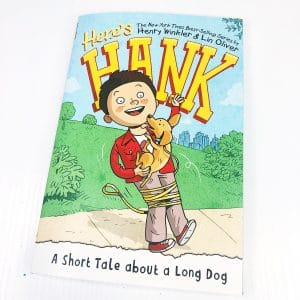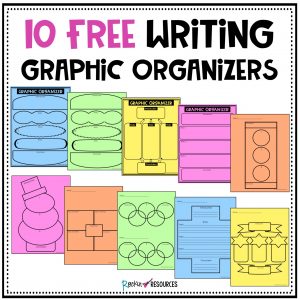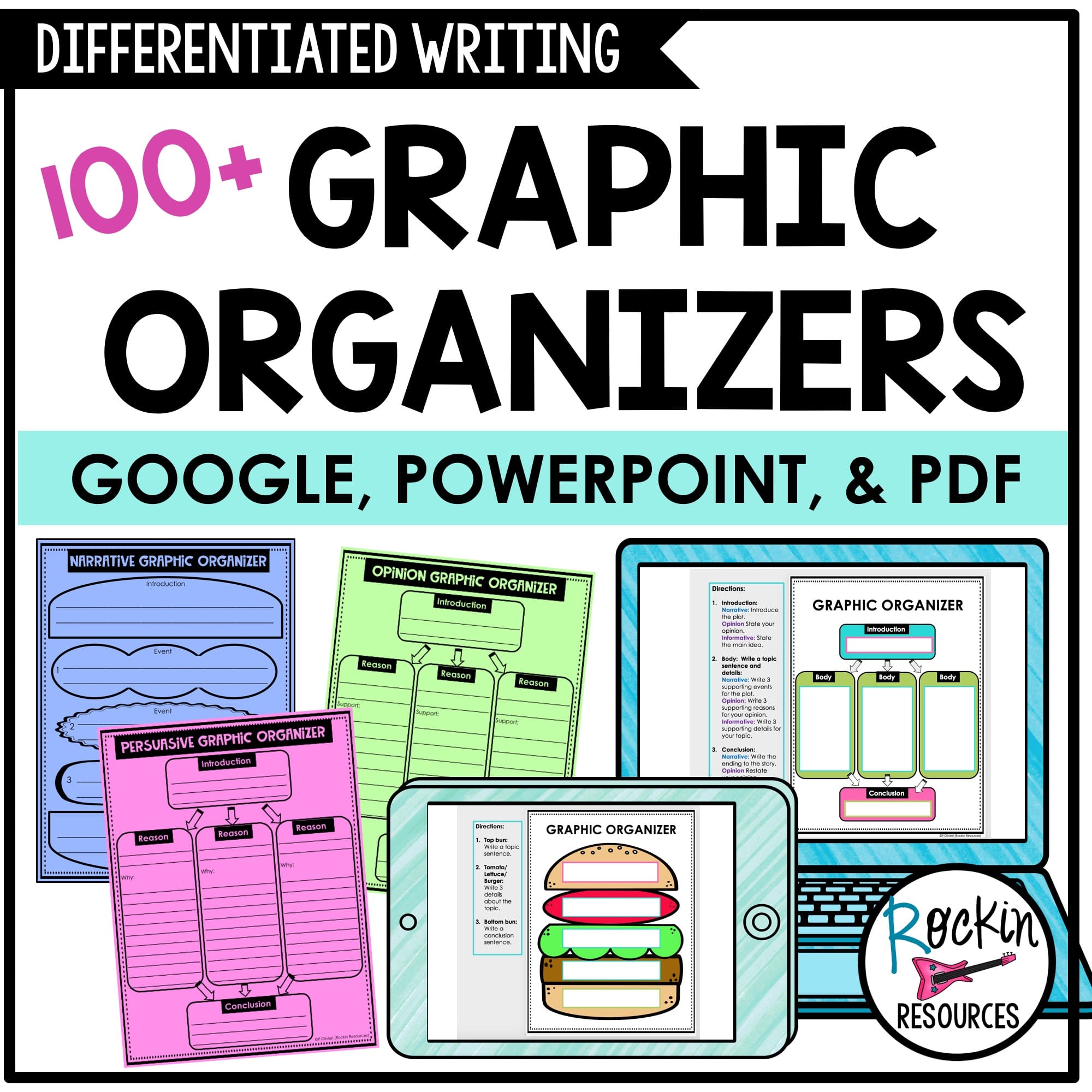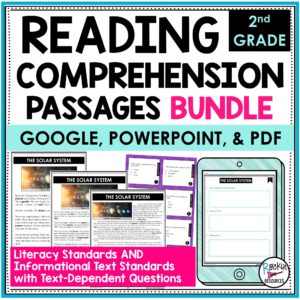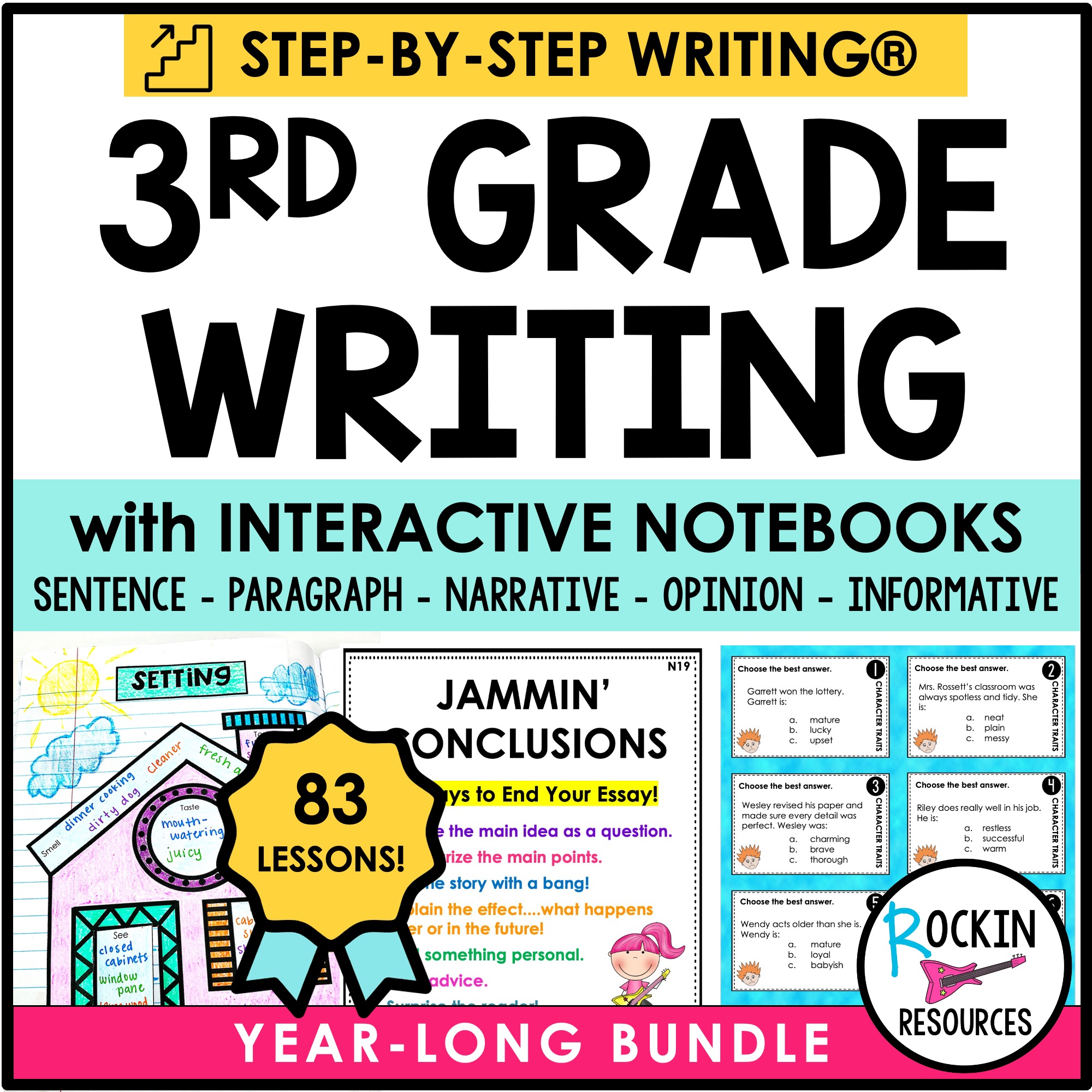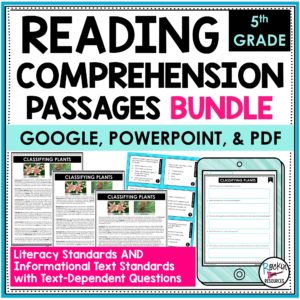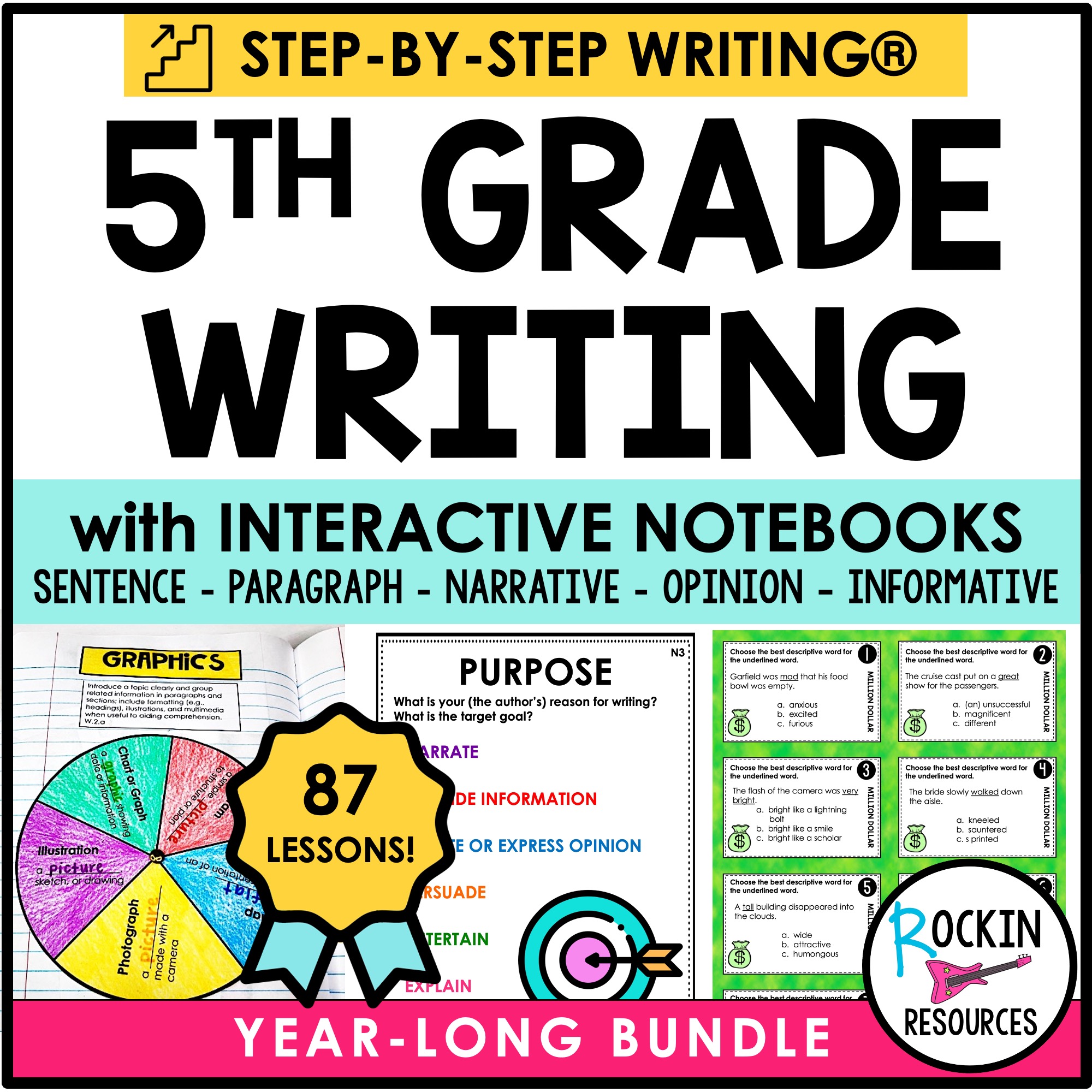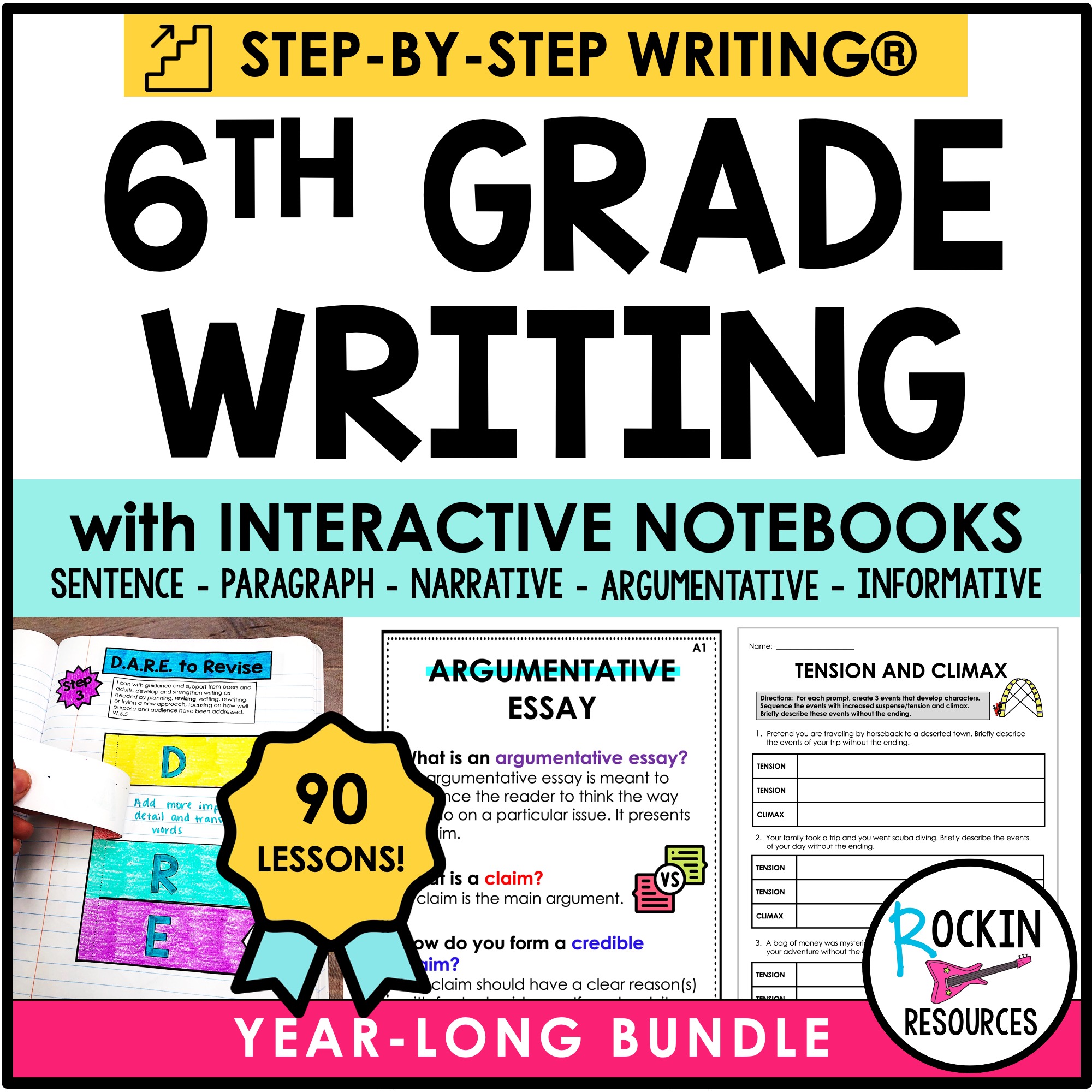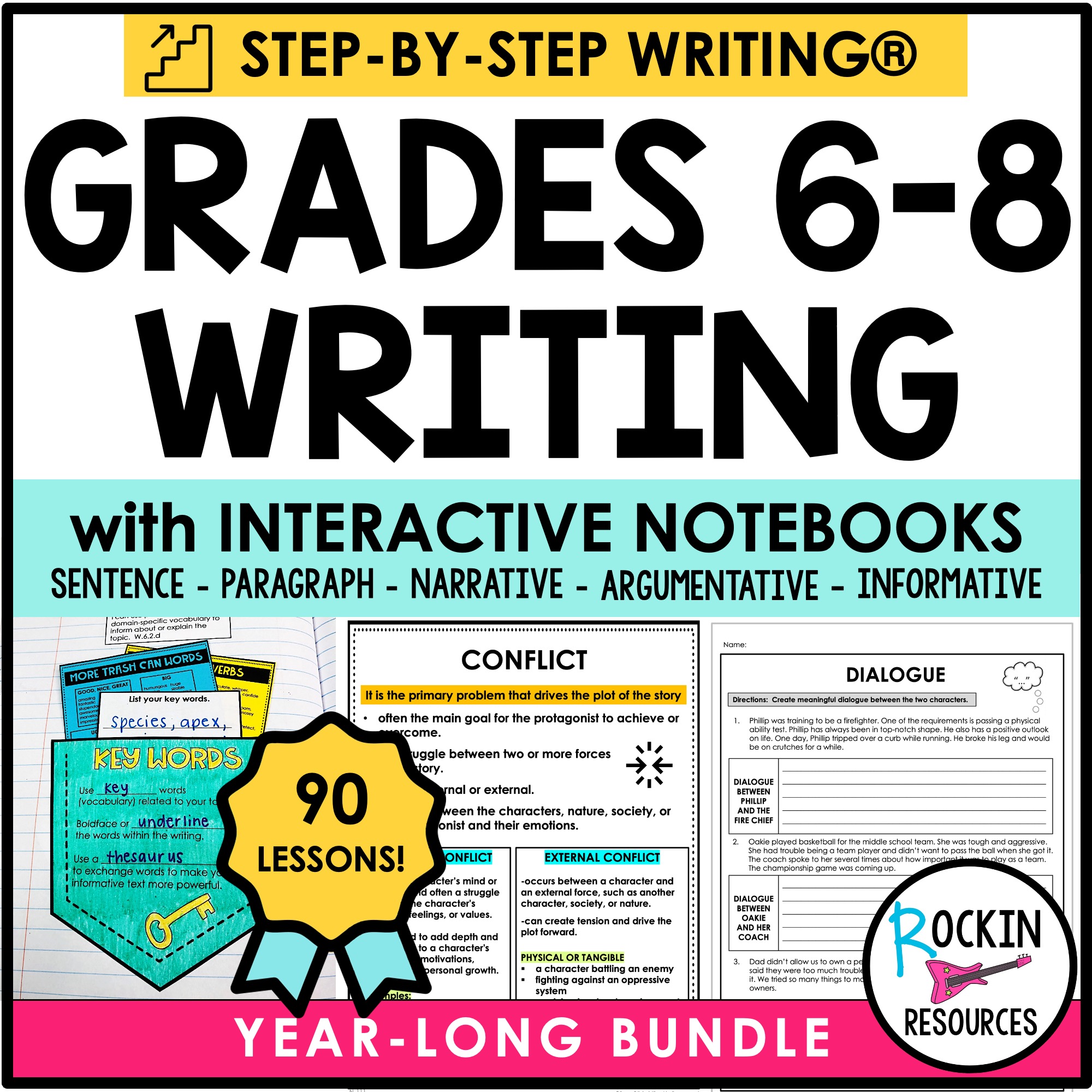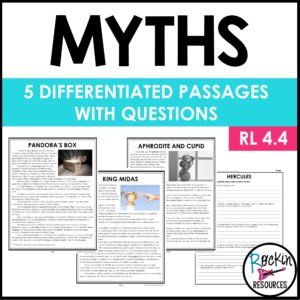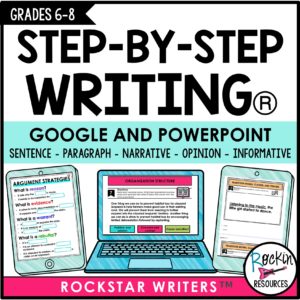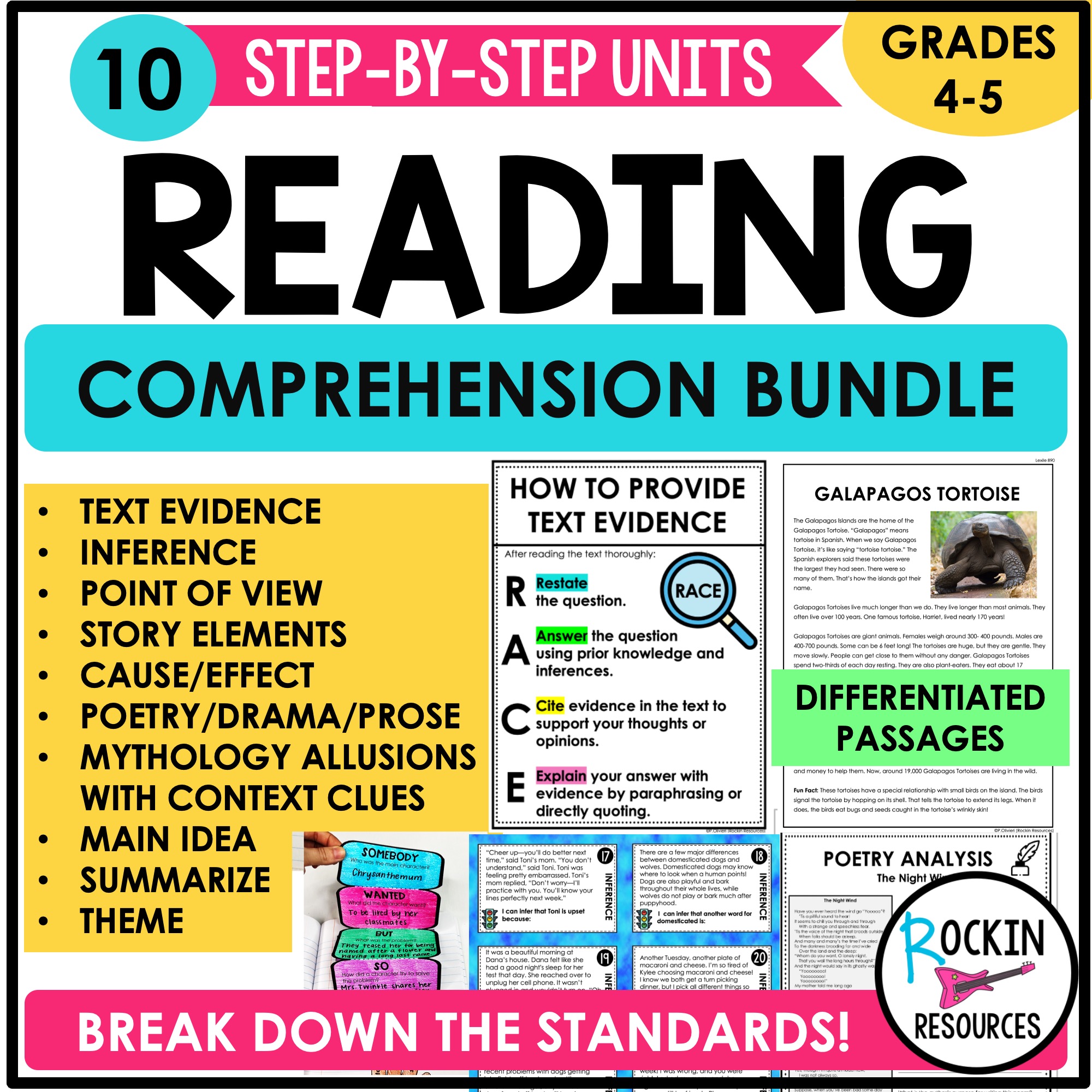UNDERSTANDING DYSLEXIA
Myth- Letter reversals is the main sign of dyslexia.
Truth- Dyslexia is a language-based learning disability. Dyslexia can refer to an array of symptoms, which result in people of all ages having difficulties with specific reading, writing, and spelling skills (1). There are various misconceptions about the learning disability, which make it that much more difficult for students with dyslexia to receive the help and support they need. In addition, if a school is not equipped to serve students with dyslexia, then teachers face the challenge to provide effective individual instruction to help students reach their academic goals. So what can a teacher do?
STRATEGIES FOR TEACHERS
Above all, it is important for teachers to collaborate with parents on strategies that work for that student’s individual needs. On-going communication will assure that everyone understands the accommodations or modifications that is crucial to the child’s learning environment and academic success.
Here are a few promising tips and strategies that can be implemented to support students with dyslexia.
Note: Although these strategies have been proven successful for many students, not every tip or strategy will work with every learner. Keep trying different ideas to find the best fit.
ROUTINE STRATEGIES
Simplify
Written directions and instructions can be overwhelming to students with dyslexia. Teachers can help by highlighting key parts and phrases of directions so students can hone in on the overall task at hand. Breaking up large projects into smaller, less intimidating pieces can also put things into perspective for these students. The large project may be overwhelming, whereas the smaller tasks seem achievable.
Assist with Note-Taking
Teachers can use cues like bullet points and highlighting to draw attention to the important notes in a lesson that will count heavily in an assessment. If note-taking gets too cumbersome for a student, it is beneficial to provide a template, sentence frames, or even a copy of the important notes for the dyslexic learner. That is why I like differentiated notes in the classroom. For students who cannot take notes, they will still have the opportunity like the other children to keep a notebook as a reference. This is so important! They are not be lazy or defiant. They simply cannot transfer the information from a board to their paper. See the different levels that can be offered.
- Student takes all notes.
- Student fill-in-the-blanks for notes.
- Student has all notes done for them but still cuts, pastes, and folds the interactive notebook page.
- Student has all the notes (or a summary of the notes) in a mini-anchor chart.
Time Management and Organization
Time management skills is critical for dyslexic learners. Teachers can encourage them to plan out the projects, prioritize assignments, and welcome flexibility if they need more time. Students with dyslexia can often feel rushed with the task at hand, so this type of support can guide them to work carefully and freely.
Graphic organizers are an effective tool used for brainstorming ideas, writing, taking notes and reading comprehension (2)!
Scaffolded Instruction
Difficult skills should be presented with step-by-step (scaffold) instruction. Students need to understand the basic foundation of a skill prior to being able to comprehend a more challenging one. I love to use the example of teaching theme in the upper elementary grades. In order for students to truly understand theme, they first need to have basic knowledge of story elements, main idea and summarizing. Without the basic knowledge or review of these skills, they may not understand the concept of theme. Search my blog for more Step-by-Step instruction!
Explicit Teaching
Explicit teaching is extremely effective with dyslexic learners. Introduce a skill with an anchor chart, model the skill, use a mentor text, have students take notes, use graphic organizers, provide guided practice the skill, play group games with the skill, give independent work with the skill, monitor progress and give feedback. Students should not be assessed on the material until explicit teaching was demonstrated.
Repetition and Review
Not only do dyslexic learners need directions repeated, but any core content or important skill needs repeated. It is also significant to review material especially if it is being assessed. Review key points after each lesson. Play a review game at the end of a unit.
Differented Text
Differentiating assignments can be a game changer for dyslexic students. Are your students reading at different grade levels? Are they able to work at their instructional level? What would help your students learn more effectively? Do they need LEVELED TEXT, different line spacing, or even a dyslexic font? Do they need text that can be written on or highlighted? There are so many ways to help dyslexic readers be successful, while adhering to the standards. Differentiation is a powerful tool that can be tailored to each student’s learning requirements (2).
Multisensory Learning
Give students things to touch and move around whenever possible, as it allows students to experiment with multisensory learning and helps them better understand theory and practice in their learning. Think of all the senses. How can you incorporate them into your lessons? Other ideas may include:
- Writing words with shaving cream or sand
- Build words with magnetic letters or tiles
- Practice spelling words with jumprope
- Play basketball review. 1 point for correct answer, 1 point for the basket.
- Practice vocabulary or content by playing the game Headbandz.
- Read alouds, auditory books, video books
- Chanting, songs, raps
Technology
If your curriculum and budget allows, consider implementing technology-based lessons. Tablets, laptops, electronic readers, and speech programs can be useful tools for students with dyslexia and can enhance the learning experience (3). Books that also come with audio can be very effective especially in subjects with a large amount of content like social studies and science. If a student isn’t reading on grade level, it will be easier to comprehend the text. You can also find spell check apps!
SUBJECT STRATEGIES
Vocabulary Strategies
- Provide necessary vocabulary words prior to the reading.
- Determine the meaning by pointing out prefix, suffix, root words.
- Use dictionary.com to help students not only the find the meaning to difficult words, but also hear the pronunciation through the sound icon.
- Within the reading, show students how to use context clues.
Reading Fluency and Comprehension
- Some students prefer the Open Dyslexic font as found in the Hank Series by Henry Winkler. This one is called A Short Tale About a Long Dog. Although there is no proven research to support that it increases fluency or comprehension, there are many people claim it has helped. That is why I also added this font in my Differentiated Reading Passage Bundle with comprehension questions. It can be found in my store HERE.
- Guided Reading strips will help keep the text in line for fluency.
- See if your district offers a multisensory reading program like Barton, Wilson, or Orton-Gillingham.
- Read alouds work well where the student can follow along in the book. It is helpful to share important questions ahead of time, so they can have a focus for reading.
- Enhance reading comprehension by allowing students to highlight the text for text evidence. If it is an actual book, use sticky notes or sticky arrows.
Writing
- Use graphic organizers. Here is a bundle of 10 FREE Graphic Organizers.
- Write every day.
- Provide a variety of writing activities: paragraph, self-reflection, narrative, opinion, informative, recipes, how-tos, persuasive, comic strips, argumentative, descriptive, journaling, newspaper, book response, movie critique, etc.
- Set goals
- Brainstorm
- Use checklists.
Encouragement and Support
It is so rewarding to see a student make academic gains. It is possible with these tips and strategies. They can reduce the stress in the classroom for the student and teacher. Keep an open communication with the parents to let them know what strategies you’ve applied to their child’s learning plan and work with families to create a welcoming environment where students feel comfortable to communicate their needs. Utilizing the strategies outlined above and approaching your students with support and understanding will put them on the track to SUCCESS!
Are you looking for possible signs of dyslexia? Click HERE.
CLICK ON AMAZON LIST FOR USEFUL RESOURCES WHEN TEACHING DYSLEXIA STUDENTS.
Click here to grab over 100+ Graphic Organizers
I hope you found some strategies to use with your sweet kiddos!
For more posts on differentiation, click HERE!
Sources:
- DyslexiaIDA.org
- Upperelementarysnapshots.com
- Dyslexic.com/blog
Discover Related Resources:
-
1st Grade Step-by-Step Writing® Program
Original price was: $100.44.$70.00Current price is: $70.00. -
2nd Grade Reading Comprehension Passages Bundle
Original price was: $41.99.$24.99Current price is: $24.99. -
2nd Grade Step-by-Step Writing® Program
Original price was: $100.44.$70.00Current price is: $70.00. -
3rd Grade Reading Comprehension Passages Bundle
Original price was: $41.99.$24.99Current price is: $24.99. -
3rd Grade Step-by-Step Writing® Program
Original price was: $100.44.$70.00Current price is: $70.00. -
4th Grade Reading Comprehension Passages Bundle | GOOGLE
Original price was: $41.99.$24.99Current price is: $24.99. -
4th Grade Step-by-Step Writing® Program
Original price was: $100.44.$70.00Current price is: $70.00. -
5th Grade Reading Comprehension Passages Bundle
Original price was: $41.99.$19.99Current price is: $19.99. -
5th Grade Step-by-Step Writing® Program
Original price was: $100.44.$70.00Current price is: $70.00. -
6th Grade Step-by-Step Writing® Program
Original price was: $100.44.$70.00Current price is: $70.00. -
Middle School Step-by-Step Writing® Program Grades 6-8
Original price was: $100.44.$70.00Current price is: $70.00. -
Reading Skills Bundle for Reading Comprehension
Original price was: $14.97.$12.00Current price is: $12.00. -
STEP-BY-STEP DIGITAL WRITING PROGRAM FOR MIDDLE SCHOOL
Original price was: $100.44.$70.00Current price is: $70.00. -
Step-by-Step Reading Skills for Reading Comprehension Bundle 1
Original price was: $83.92.$68.99Current price is: $68.99. -
STEP-BY-STEP WRITING® Program for GOOGLE and POWERPOINT
Original price was: $104.99.$70.00Current price is: $70.00. -
Upper Elementary STEP-BY-STEP WRITING® Grades 3-5
Original price was: $100.44.$70.00Current price is: $70.00.



